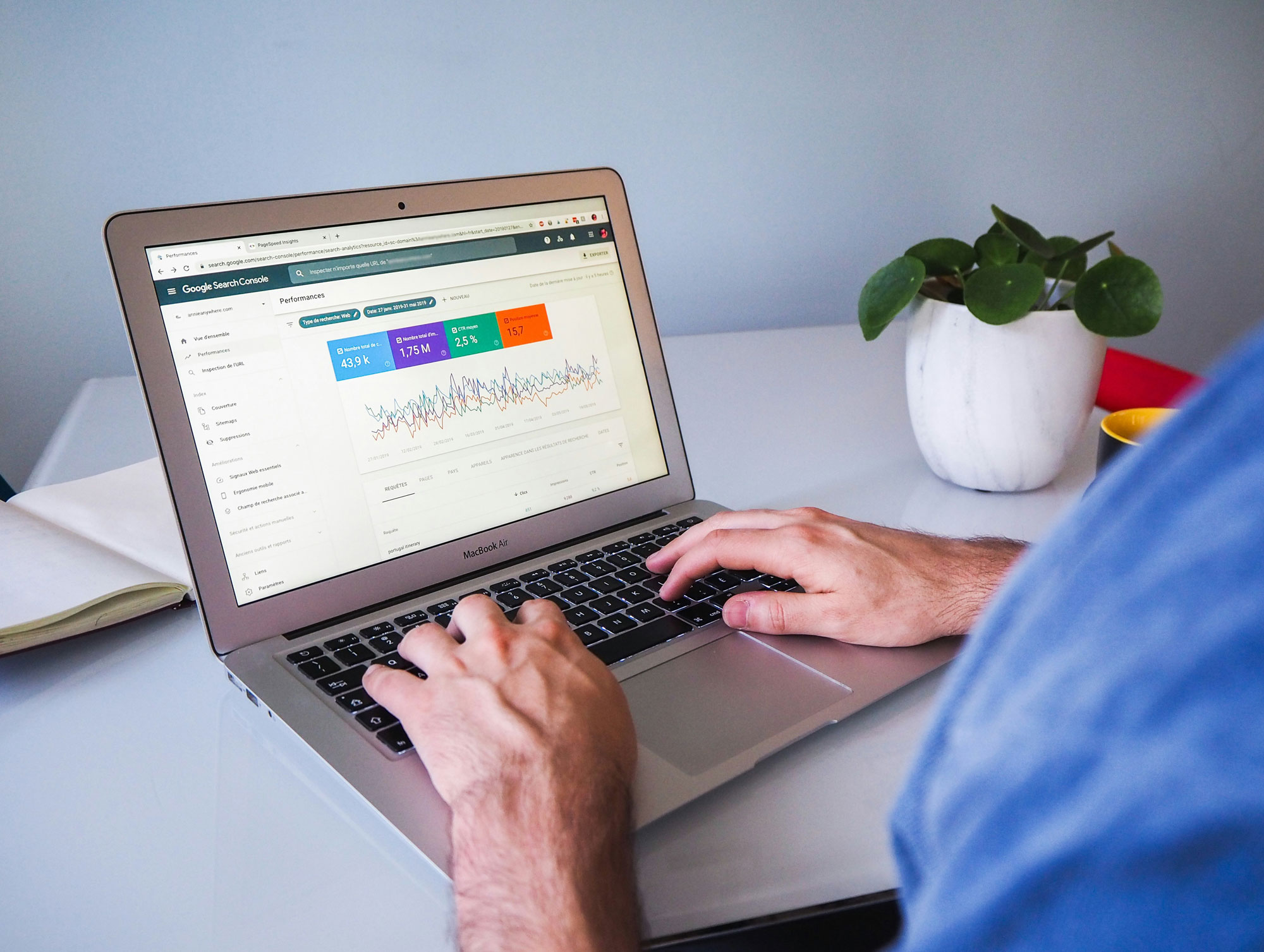
In 2025, a business website is far more than just an online brochure. It’s a dynamic, intelligent, and highly personalized digital storefront, a customer service hub, and a powerful marketing engine, all rolled into one. The competitive landscape demands not just a presence, but a truly effective presence. So, what sets the truly impactful business websites apart this year? It boils down to a blend of cutting-edge technology, user-centric design, and strategic content, all working in harmony.
1. The Unshakeable Foundation: Core Performance & Experience
Before diving into advanced features, the fundamentals must be rock solid. A visually appealing website won’t matter if it’s slow or difficult to use.
- Blazing Fast Loading Speeds: In an age of instant gratification, every second counts. Users abandon sites that take more than 3 seconds to load. Optimize images, minify code, leverage Content Delivery Networks (CDNs), and ensure efficient hosting to achieve near-instantaneous load times. This isn’t just about user experience; it’s a critical SEO ranking factor.
- Mobile-First, Responsive Design: With the majority of web traffic originating from mobile devices (forecasted to be 73% by 2025), a mobile-first approach is non-negotiable. Your website must seamlessly adapt to any screen size, offering an intuitive and “thumb-friendly” experience across smartphones, tablets, and desktops. This means optimized touch targets, readable fonts, and simplified navigation for smaller screens.
- Intuitive User Experience (UX) and Navigation: A smooth, effortless user journey is paramount. Clear, concise menus, logical site structure, and readily available search bars ensure visitors can find what they’re looking for without frustration. Breadcrumbs, internal linking, and consistent design patterns across pages further enhance navigability. UX is no longer a luxury; it’s the backbone of engagement.
- Accessibility for All: Inclusive design is taking center stage. An effective website in 2025 caters to users of all abilities. This means incorporating alt text for images, providing keyboard navigation options, ensuring high-contrast ratios for readability, and designing with screen readers in mind. Accessibility isn’t just about compliance; it’s about expanding your reach and demonstrating social responsibility.
- Robust Security Features: Trust is built on security. SSL certificates (HTTPS), two-factor authentication (2FA) for user accounts, and regular security audits are essential to protect user data and maintain credibility. In an era of increasing cyber threats, demonstrating a commitment to security is a significant differentiator.

2. The Power of Personalization & AI Integration
This is where 2025 truly shines. Artificial Intelligence is no longer a futuristic concept; it’s actively shaping how businesses interact with their online audience.
- AI-Powered Personalization: Imagine a website that understands individual user preferences and tailors content, product recommendations, and even calls to action accordingly. AI algorithms analyze Browse history, demographics, and real-time behavior to deliver hyper-relevant experiences. This level of personalization fosters loyalty, increases engagement, and drives conversions. Think dynamic content that changes based on location or past interactions.
- Intelligent Chatbots & Virtual Assistants: Gone are the days of clunky, rule-based chatbots. Modern AI-powered chatbots, fueled by Natural Language Processing (NLP), can handle complex queries, provide instant support 24/7, guide users through processes, and even manage bookings or orders. They learn from interactions, offering increasingly personalized and efficient assistance, freeing up human staff for more complex issues.
- Voice Search Optimization (VSO): With the rise of smart speakers and voice assistants, optimizing your website for voice search is crucial. This involves focusing on conversational keywords, long-tail queries, and providing direct, concise answers to common questions, often facilitated through structured data markup and well-organized FAQ pages.
- AI-Driven Content Creation & Optimization: AI tools are assisting in generating compelling content, from blog post outlines to social media captions. Beyond creation, AI can analyze content performance, identify gaps, and suggest optimizations for better engagement and SEO. This allows businesses to produce high-quality, relevant content at scale.
- Automated Website Management: AI is streamlining routine tasks like inventory updates, pricing adjustments, and even some aspects of ad campaign management. This automation reduces errors, saves time, and allows businesses to focus on strategic growth rather than repetitive manual processes.

3. Engaging Content & Conversion Focus
Even with cutting-edge technology, your website’s ultimate purpose is to connect with your audience and drive desired actions.
- High-Quality, Engaging Content: Content remains king, but in 2025, it needs to be more than just informative. It must be engaging, valuable, and consistent with your brand voice. This includes:
- Immersive Storytelling: Use design, visuals, and interactive elements to tell your brand’s story in a compelling way.
- Multimedia Integration: Videos, infographics, interactive quizzes, and 3D elements capture attention and communicate information more effectively than plain text.
- Evergreen Content: Create content that remains relevant and valuable over time, continuously drawing in organic traffic.
- Strong Call-to-Action (CTA) Strategy: Every page should have a clear purpose and guide the user toward the next step. CTAs should be visually prominent, use action-oriented language (“Buy Now,” “Get a Quote,” “Sign Up”), and be strategically placed throughout the site.
- Social Proof & Trust Signals: Building trust is vital. Showcase authentic testimonials, customer reviews, case studies, and industry certifications. Logos of well-known clients or partners can further reinforce your reputation.
- Seamless E-commerce Integration (if applicable): For businesses selling products or services online, a smooth and secure e-commerce experience is paramount. This includes one-click checkout, multiple payment options (including digital wallets and potentially cryptocurrencies), and real-time inventory management.
- Lead Generation & Conversion Strategies: Beyond direct sales, effective websites implement strategies to capture leads. This could involve valuable content upgrades (e.g., e-books, whitepapers), exit-intent pop-ups, and engaging chatbots to collect contact information.

4. Strategic Visibility & Continuous Improvement
An effective website isn’t a static entity; it’s a living, breathing digital asset that requires ongoing attention.
- Advanced Search Engine Optimization (SEO): SEO in 2025 is more sophisticated than ever. It goes beyond keywords to encompass technical SEO (site speed, mobile-friendliness, crawlability), semantic SEO (understanding user intent), local SEO (for businesses with physical locations), and a strong backlink profile. Regularly updated, high-quality content is crucial for maintaining strong search rankings.
- Integrated Analytics & Data-Driven Decisions: You can’t improve what you don’t measure. Utilize tools like Google Analytics, heatmaps, and conversion tracking to monitor user behavior, identify pain points, and understand what drives conversions. This data is invaluable for making informed decisions about website improvements and marketing strategies. A/B testing different designs and content allows for continuous optimization.
- Consistent Branding Across All Channels: Your website is a central hub for your brand. Ensure consistent branding – including logos, color schemes, typography, and tone of voice – across your website and all other digital marketing channels (social media, email marketing, etc.). This reinforces brand identity and creates a cohesive customer experience.
- Sustainable Web Design Practices: As environmental awareness grows, so does the trend of sustainable web design. This involves optimizing websites for energy efficiency by reducing resource-heavy elements, using eco-friendly hosting, and creating designs that are long-lasting and require fewer updates.
- Regular Maintenance and Updates: A successful website is never truly “finished.” Regular updates to content, plugins, software, and security features are essential. Monitoring performance metrics and refreshing visuals periodically ensure the site remains relevant, secure, and engaging.
Conclusion
In 2025, a truly effective business website is an intelligent, user-centric ecosystem. It’s about providing an exceptional, personalized experience that leverages the power of AI to anticipate needs and streamline interactions. From lightning-fast loading and seamless mobile responsiveness to engaging, data-driven content and robust security, every element must work in concert to build trust, foster engagement, and ultimately, drive business growth. Investing in these key areas will ensure your business website not only survives but thrives in the dynamic digital landscape of today and tomorrow.
Frequently Asked Questions (FAQs) about Effective Business Websites in 2025
Q1: How important is website loading speed in 2025? A1: Extremely important. In 2025, users expect near-instantaneous loading. Websites that take longer than 3 seconds to load risk high bounce rates. Fast loading speeds are also a critical factor for search engine ranking.
Q2: What is “AI-powered personalization” and how does it benefit my website? A2: AI-powered personalization uses artificial intelligence to analyze user data (like Browse history, location, and past interactions) and then tailors the website’s content, product recommendations, and calls to action specifically for that individual user. This leads to higher engagement, increased conversions, and a more loyal customer base.
Q3: Do I really need a chatbot on my website? A3: In 2025, intelligent, AI-powered chatbots are highly recommended. They provide 24/7 instant support, answer common queries, guide users, and can even handle basic transactions, significantly improving customer service and freeing up human staff.
Q4: How does mobile-first design differ from just having a mobile-friendly website? A4: Mobile-first design means designing your website specifically for smaller screens (smartphones) first, then scaling up for tablets and desktops. A mobile-friendly website might just adapt an existing desktop design, which can lead to a less optimal user experience on mobile. Given that most traffic is mobile in 2025, a mobile-first approach ensures the best experience for the majority of your audience.
Q5: What role does SEO play in website effectiveness in 2025? A5: SEO is more crucial and complex than ever. Beyond traditional keywords, 2025 SEO encompasses technical aspects (site speed, mobile-friendliness), semantic understanding of user intent, local search optimization, and a strong emphasis on content quality and authority (E-E-A-T: Experience, Expertise, Authoritativeness, Trustworthiness). An effective website is easily discoverable by search engines and ranks well for relevant queries.
Q6: What is “sustainable web design”? A6: Sustainable web design focuses on creating websites that are energy-efficient and environmentally friendly. This includes optimizing code and images to reduce data transfer, using green hosting providers, and designing for longevity to minimize frequent overhauls. It’s about reducing the carbon footprint of your digital presence.





